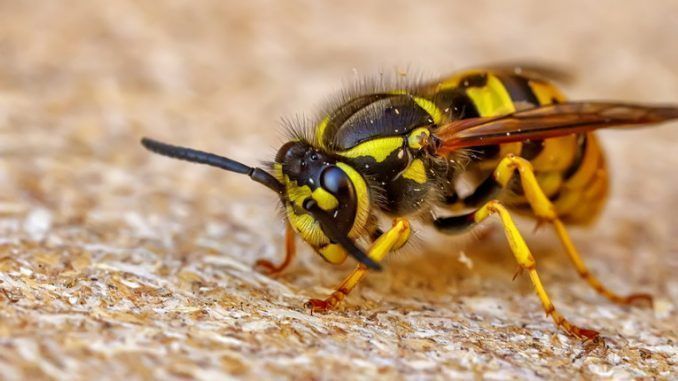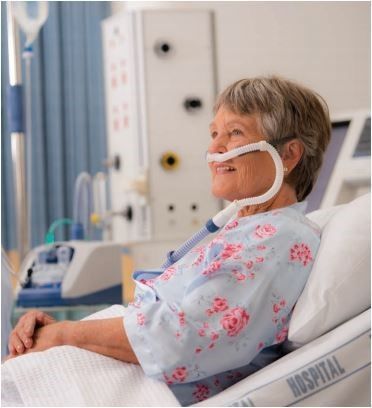Vespa sting what to do
Vespa sting, what to do
There wasp sting generates very annoying skin reactions due to the entry of the sting into the skin. After several hours the pain subsides but in some people the sting can also cause a local allergic reaction (erythema, edema and intense pain) or systemic (urticaria, dizziness and difficulty breathing).
What to do as soon as you have been stung?
Wasps are more aggressive than bees, therefore, after a sting, others can follow; the advice is to move away with caution and reach a safer place.
Then, if the wasp sting does not cause too painful symptoms, cold water compresses can be performed or an antihistamine or cortisone cream can be used.
Minor reactions to wasp stings can be treated like this:
- wash the area with soap and water and disinfect the skin
- use cold water to pass on the painful area (ice cubes can also be used)
- To reduce burning, pain and itching, moreover, it is possible to resort to the appropriate sticks after puncture
- Use phytotherapy remedies such as gel or pulp aloe or an ointment with calendula
If Vespa sting is still very painful or there is swelling, the doctor may prescribe a topical cream based on hydrocortisone, local anesthetics or antihistamines.
If, on the other hand, the reaction is more intense, it is better to request the intervention of a doctor because allergic reaction symptoms may occur and therefore it will be necessary to administer antihistamines and cortisone intravenously.
Furthermore, there may be imbalances in breathing and therefore the patient may be provided of oxygen to compensate limited breathing.
When the reaction is important, to prevent anaphylactic shock it is necessary to program a visit from the allergologist to ascertain your hypersensitivity with targeted diagnostic tests.
The doctor can also prescribe first aid drugs to be used in case of any new stings (pen loaded with self-injectable adrenaline, for example).


